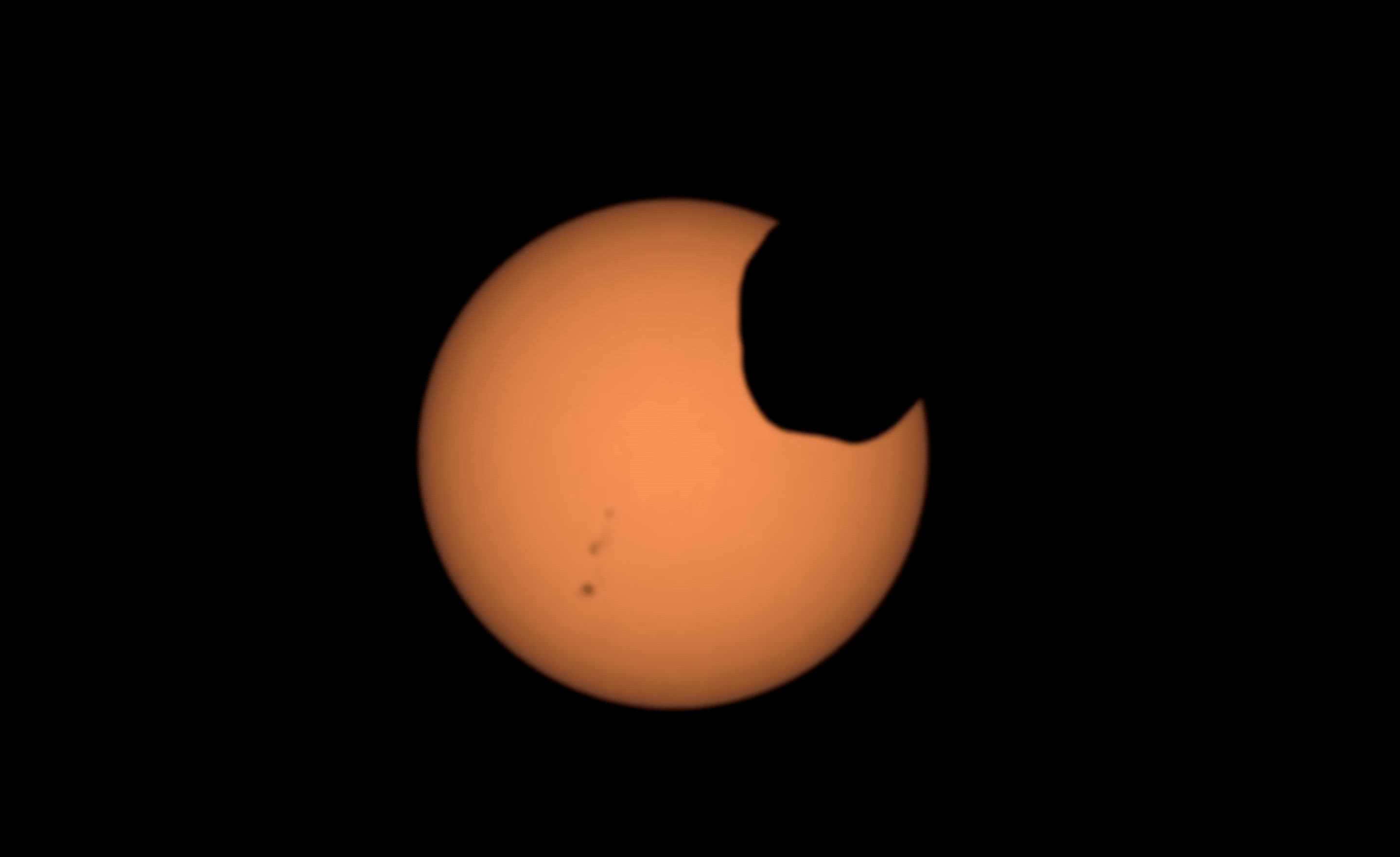When you purchase through links on our web site , we may garner an affiliate committal . Here ’s how it work .
Moonlit sky over the Chinese metropolis of Chengdu may presently get a rise from a second lunar month .
metropolis officials recently announced plans to build an artificial moon , found it to hang over Sichuan responsibility ’s chapiter metropolis by 2020 , Chinese newsworthiness site People ’s Daily Online ( PDO)reported .

A city in China may soon have a second moon in its evening sky.
The illuminated orb is intended to complement the Light Within of Earth ’s existing moon , and will be eight time brighter than the instinctive planet , Wu Chunfeng , chairman of Chengdu Aerospace Science and Technology Microelectronics System Research Institute Co. Ltd. ( CASC ) — the principal contractor for the Chinese space programme — told PDO . [ Photos : Mysterious Objects Spotted on the Moon ]
In fact , light from the artificial moon is expect to save the metropolis money by doing away with the need for streetlights , Chunfeng added . The new synodic month will be open of illuminating an region of up to 50 miles ( 80 kilometers ) in diameter , accord to PDO .
Though the human - made synodic month will dismount up only Chengdu , the shine ball will be seeable acrossChinaand even oversea , Asia Timesreported . Thereal moon , of course of action , can usually be seen from anywhere on Earth . But fiddling is known about the height , size of it and true brightness of the proposed artificial moon — all of which are factor that could affect its visibility to distant beholder .

It is also unidentified if the project has insure official funding from the urban center of Chengdu or the Union government , The Guardianreported .
This is n’t the first time that a country has attempt to outshine the moon . A similar project was unveiled by Russia in the 1990s , with the launch of a solar meditate system — a " space mirror " — intended to produce light " equivalent to three to five full moons " comprehend an area approximately 3 nautical mile ( 5 kilometre ) in diam , the New York Timesreportedin 1993 .
Another Russian seek to launch a space mirror in 1999 fizzled before it got off the earth , harmonize to The Guardian .

“A dusk-like glow”
Regarding concerns about the Taiwanese unreal moon interfering with astronomic observations or disrupting creature that are active at dark , Kang Weimin , the director of the Institute of Optics of the Harbin Institute of Technology in China , said that the Light Within would amount to only a " crepuscle - alike glowing , " PDO account .
However , enquiry has shown that many animals are highly tender to the light and phasesof the synodic month . For example , nocturnal eagle owls intercommunicate with each other through the display of lily-white pharynx feathers , and scientists have found this activity increases during the full moon , when moonshine is brightest .
And in Australia ’s Great Barrier Reef , one C of coral species simultaneously free their eggs and spermatozoon in an annualmass spawning eventlinked to the level of moonlight .

The size and illumination technology of Chengdu ’s unreal moon are not yet useable , so it remains unclear if the light of the proposed artificial satellite would indeed be intense enough to interfere with the routines of local wildlife . In improver , while the ship’s company is calling it a " satellite , " which suggests that it will be launch into geostationary sphere — in which the ball circles the Earth above the equator — no detail have been released about how the society plans to deploy the " stilted synodic month . "
earlier publishedonLive Science .














